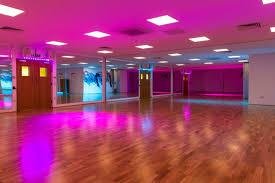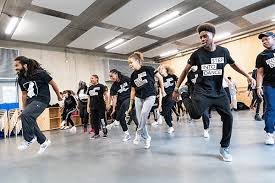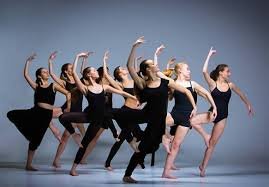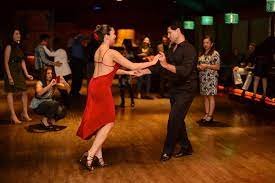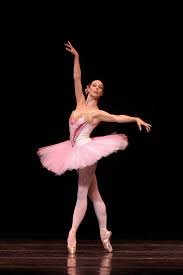Kids Dance Classes. What Is The Best Age To Start Dance Lessons?
Kids Dance Classes:
Dance classes can be a fun and rewarding activity for children of all ages. Not only does it provide a form of exercise, but it also helps children build confidence, develop their creativity and self-expression, and learn the value of teamwork and discipline. In this article, we will explore the different types of dance classes available for children and the benefits they offer.

Types of Kids Dance Classes
- Ballet: Ballet is a classical dance form that emphasizes technique, precision, and grace. It is a popular choice for young children, as it teaches them discipline, balance, and coordination. Ballet classes typically begin with basic barre exercises, such as pliés, tendus, and relevés, before moving on to center work and across the floor movements.
- Jazz: Jazz dance is a popular and energetic dance form that incorporates elements of ballet, hip hop, and contemporary dance. It is a great option for children who enjoy upbeat music and want to improve their flexibility and coordination. Jazz classes typically include warm-up exercises, isolations, and combinations that focus on rhythm, syncopation, and improvisation.
- Hip Hop: Hip hop dance is a modern and urban dance form that originated in the African American community in the 1970s. It is a popular choice for children who enjoy hip hop music and want to learn fun and energetic dance moves. Hip hop classes typically include warm-up exercises, footwork, and combinations that incorporate elements of popping, locking, and breaking.
- Tap: Tap dance is a rhythmic and percussive dance form that involves using metal plates attached to the shoes to create sound. It is a great option for children who enjoy making noise and want to improve their coordination and rhythm. Tap classes typically include warm-up exercises, basic steps, and combinations that focus on syncopation, rhythm, and improvisation.
Benefits of Kids Dance Classes
- Physical Fitness: Dance classes provide children with a fun and engaging form of exercise that improves cardiovascular health, builds strength and endurance, and promotes flexibility and coordination.
- Self-Expression: Dance classes help children develop their creativity and self-expression by allowing them to express themselves through movement and music.
- Confidence: Dance classes teach children the value of discipline and hard work, and provide them with opportunities to showcase their skills and talents in front of an audience. This can help build confidence and self-esteem.
- Social Skills: Dance classes provide children with opportunities to interact with other children in a positive and supportive environment. This can help them develop social skills such as teamwork, communication, and empathy.
- Cultural Awareness: Dance classes expose children to different styles of dance and music from around the world, helping them develop an appreciation for different cultures and traditions.
- Stress Relief: Dance classes provide children with a fun and creative outlet for their energy, which can help reduce stress and anxiety.

In conclusion, dance classes can provide a range of benefits for children, from physical fitness and self-expression to social skills and cultural awareness. By offering a variety of dance styles and creating a supportive and positive environment, dance classes can be a fun and rewarding activity for children of all ages.
What Is The Best Age To Start Dance Lessons?
Dance is an art form that can be enjoyed by people of all ages. It provides a great way to express oneself, build self-confidence, and stay physically fit. However, when it comes to deciding the best age to start dance lessons, there is no one-size-fits-all answer. The right age to start dance lessons can vary depending on several factors, including the child’s physical and emotional development, interests, and goals. In this article, we will explore these factors in detail to help parents and guardians make an informed decision about when to enroll their child in dance lessons.

Physical Development
The physical development of a child is an essential factor to consider when deciding the best age to start dance lessons. Most dance forms require flexibility, strength, and coordination. Children’s bodies develop at different rates, so it’s essential to choose a dance style that suits their physical abilities.
Preschool age (2-4 years old)
At this age, children are still developing their motor skills and coordination, and their attention span is limited. However, some dance studios offer classes for toddlers and preschoolers that focus on developing gross motor skills and coordination through fun, age-appropriate movement activities. These classes can help children develop their rhythm, balance, and spatial awareness, laying a foundation for future dance training.
Early elementary school age (5-8 years old)
At this age, most children have developed basic coordination skills and can follow instructions. They have better control over their movements and can perform more complex dance steps.

